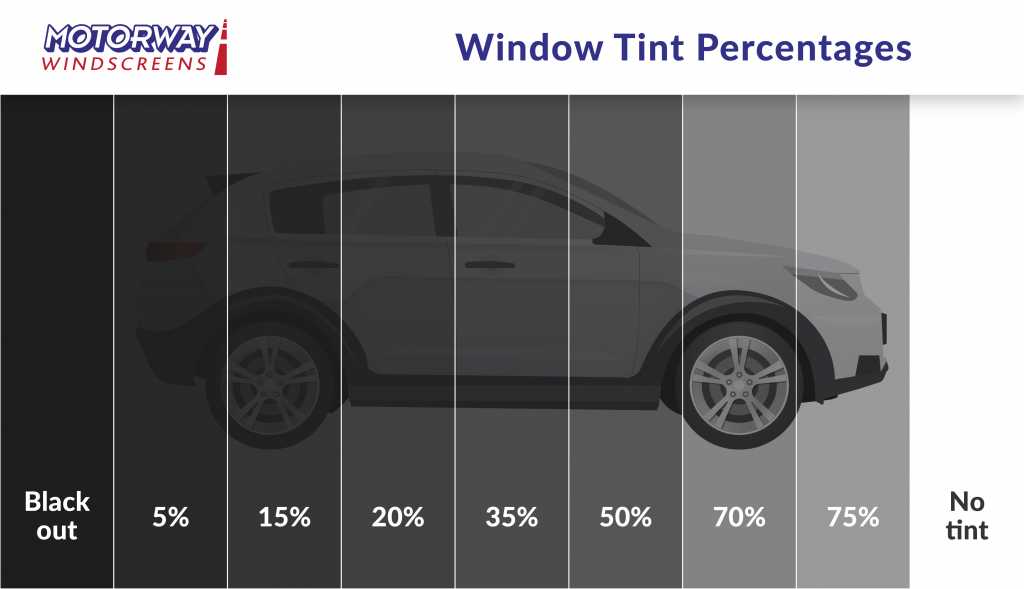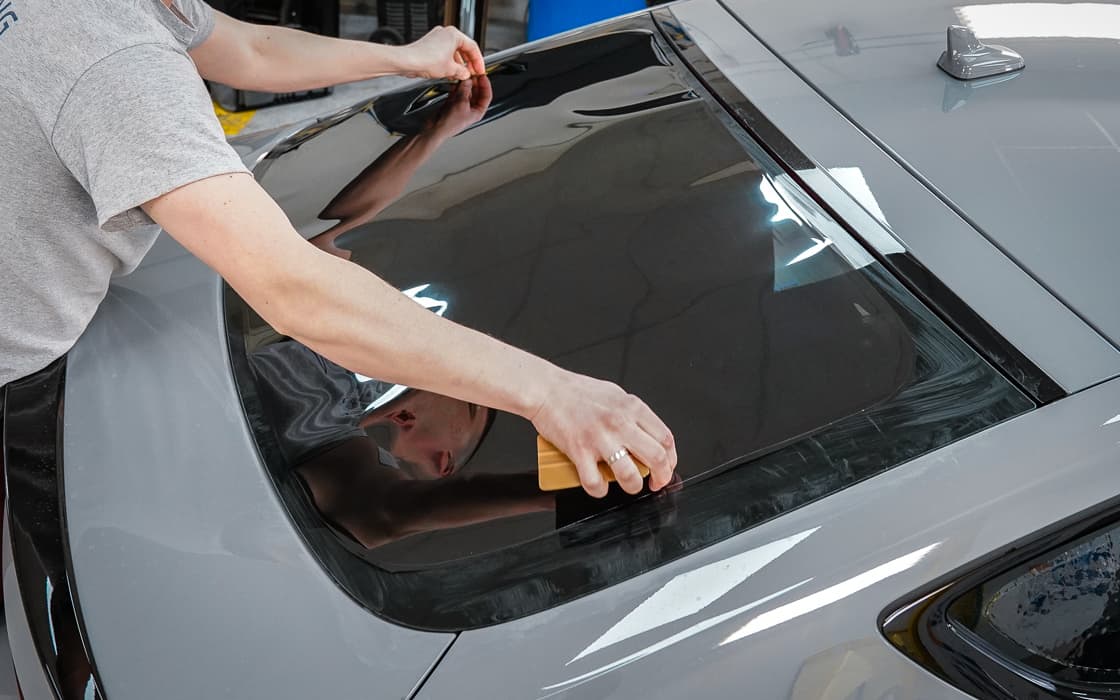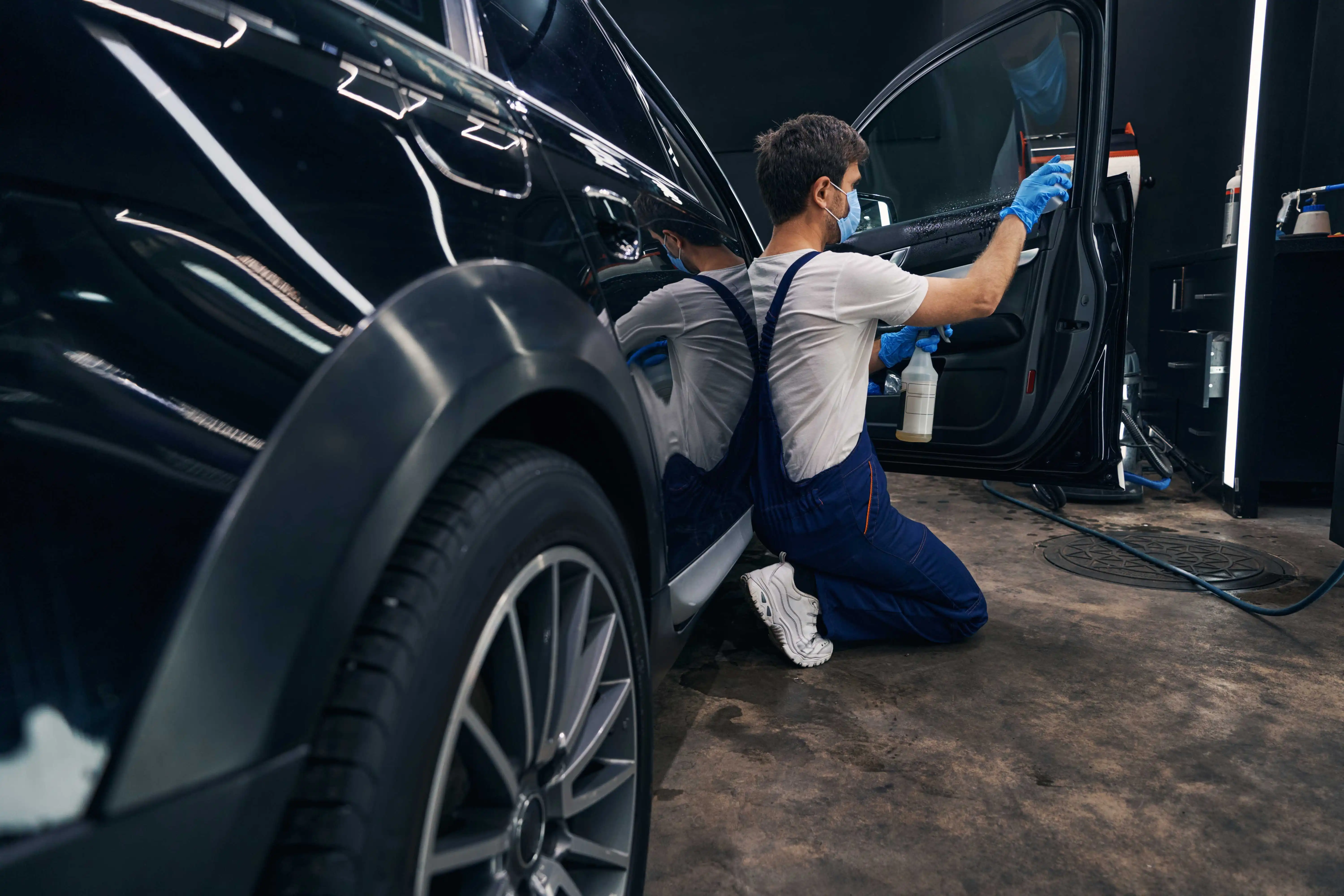A Comprehensive Guide to Recognizing Auto Home Window Tint and Its Benefits
Car window tinting offers even more than simply an aesthetic function for cars. It supplies various kinds, each with unique attributes and benefits. Understanding these options, together with legal guidelines and upkeep suggestions, is necessary for any vehicle owner. The advantages may greatly enhance driving convenience and car long life. As one explores the nuances of window tinting, the concern emerges: what sort of tint is best matched for private demands?
Recognizing Automobile Window Tint: What It Is and How It Works
Automobile window tint acts as a safety barrier that boosts vehicle aesthetic appeals while supplying useful benefits. This thin film is related to the indoor surface area of automobile home windows, reducing glare and blocking damaging ultraviolet (UV) rays from the sun. By filtering system sunlight, car home window color assists to regulate the interior temperature level of the automobile, resulting in increased convenience for guests and decreased reliance on air conditioning.Additionally, it secures the automobile's inside from fading, maintaining both furniture and dashboard materials. The tint can also improve privacy, making it a lot more hard for outsiders to see inside the vehicle. Additionally, certain kinds of window tint can boost safety; in the event of a crash, the film aids hold destroyed glass with each other, reducing the risk of injury from flying fragments. Generally, car window color offers both visual and sensible functions, making it a popular option amongst automobile proprietors.
Sorts Of Home Window Tint: An Overview of Options
When thinking about home window tint options, several types are available, each with distinct attributes. Dyed, metalized, and ceramic home window colors offer varying levels of warm being rejected, UV security, and visual charm. Comprehending these differences can help vehicle owners make educated options based upon their preferences and demands.
Colored Window Tint
Colored window color represents a popular selection amongst vehicle owners seeking a effective and economical method to enhance their lorry's aesthetic appeals and privacy. This kind of tint is created by putting a layer of dye in between a safety finishing and an adhesive layer, causing a darkened look that decreases glow and improves visual comfort. While colored home window tint efficiently obstructs dangerous UV rays, it might not supply the same degree of heat being rejected as other tint kinds. Furthermore, its color can discolor gradually, possibly reducing its performance. Regardless of these disadvantages, colored window tint continues to be popular for its cost-effectiveness and ability to supply a streamlined, stylish seek to different automobile models.
Metalized Home Window Color
Metalized home window color supplies an equilibrium of style and capability, making it a popular option amongst auto owners. This type of tint includes metal fragments within the film, enhancing both visual allure and warm denial. The reflective quality of metalized tint helps to reduce glare and improve personal privacy, while also giving UV protection, which safeguards the vehicle's inside. Additionally, metalized window color can reinforce home window strength, potentially avoiding smashing during mishaps. Nonetheless, it is very important to note that the metallic elements can disrupt digital signals, such as GPS and mobile phone function. Generally, metalized home window tint offers an effective solution for those seeking a combination of sunlight, longevity, and look defense for their lorries.
Ceramic Home Window Tint
Ceramic window tint stands for an innovative choice in the range of auto home window films, supplying distinctive benefits over typical tints. Unlike colored or metalized films, ceramic tints make use of innovative ceramic bits, which efficiently decline heat and UV rays without endangering exposure. This innovation assures that cars remain cooler, reducing reliance on a/c and boosting gas efficiency. In addition, ceramic window tints are much less most likely to interfere with electronic devices, such as general practitioner or mobile signals, making them a functional choice for contemporary vehicles. Their toughness and scratch resistance add to a longer lifespan compared to various other kinds of tints. Generally, ceramic home window tint supplies premium performance, comfort, and security, making it a favored choice for discerning automobile proprietors.
Advantages of Car Home Window Color: Beyond Appearances
While many individuals associate vehicle window color with boosted design, its advantages extend far past mere aesthetics. One substantial benefit is warmth reduction; window color can block as much as 99% of damaging UV rays, keeping the indoor colder and securing furniture from fading. This not only boosts comfort throughout heat however additionally lowers reliance on air conditioning, bring about improved gas efficiency.In enhancement, vehicle home window color supplies an added layer of privacy and security. Tinted home windows make it challenging for outsiders to see inside the car, which can hinder theft and shield valuables. In addition, several colors reinforce the glass, lowering the likelihood of smashing in the occasion of a mishap, consequently boosting safety.In addition to these functional advantages, automobile home window tint can likewise contribute to glow reduction, improving exposure for guests and motorists alike. This multifaceted strategy to convenience and safety and security makes window tint a beneficial investment for lorry proprietors.
Legal Considerations: Tinting Rules by State
Before devoting to automobile home window tint, lorry proprietors need to browse a complicated landscape of tinting policies that differ by state. Each state has certain regulations controling the allowable degrees of tint darkness and reflectivity for various home windows, including windscreens, front side home windows, and rear windows. These regulations frequently consist of noticeable light transmission (VLT) percents, which dictate exactly how much light can travel through the colored glass.Some states permit darker colors on back windows while restricting front side and windscreen tints for safety and security reasons. In addition, certain states may require a certificate from the producer to validate conformity with tinting laws. Violating these regulations can cause penalties, required elimination of the color, or both. Consequently, it is necessary for vehicle owners to investigate their state's regulations thoroughly to ensure lawful compliance before mounting home window color. This diligence can conserve time and money over time.
Selecting the Right Color: Aspects to Consider
When choosing the suitable home window color for a vehicle, several vital elements enter into play. Tint darkness degrees, UV security scores, and compliance with lawful regulations are crucial factors to consider to assure both appearances and functionality - Car Glass Tinting. Reviewing these aspects will certainly help individuals make an educated decision that meets their needs and follows neighborhood regulations
Color Darkness Levels
Picking the ideal tint darkness level is necessary for accomplishing the wanted equilibrium between visual appeals and performance in car window tinting. Various states have differing legal laws pertaining to tint darkness, which can impact the selection. Normally, tints are determined in portions, with lower percents suggesting darker shades. Darker tints use boosted privacy and a streamlined appearance but can decrease presence, especially in the evening. Alternatively, lighter tints maintain an even more open feel, making sure ample presence while still giving some warmth and glow decrease. When making a choice, people must consider their driving behaviors, neighborhood legislations, and personal preferences. Ultimately, the ideal tint darkness degree boosts the automobile's appearance while guaranteeing safety and compliance with lawful criteria.
UV Security Score
Color darkness levels play a substantial function in the total effectiveness of automobile home window tinting, but an additional important variable to evaluate is the UV security rating of the picked tint. This score shows the percentage of dangerous her latest blog ultraviolet rays that the color can block. High-grade colors usually provide 99% or more UV defense, protecting guests and the vehicle's interior from sunlight damage. Prolonged direct exposure to UV rays can cause skin issues and fading of furniture, making a high UV defense rating necessary for wellness and longevity. When selecting home window tint, consumers need to prioritize this score along with darkness degrees to assure optimum convenience and safety while Get More Information driving. Understanding these variables help in making an informed decision when purchasing car window tinting.
Legal Rules Conformity
Understanding neighborhood lawful regulations is vital for any individual considering vehicle home window tinting. Each state or area has details regulations controling the allowable degrees of color darkness and reflectivity for different windows. These policies often specify the noticeable light transmission portion, figuring out exactly how much light can go through the colored glass. Non-compliance can cause fines, necessary removal of the tint, or problems during lorry evaluations. Furthermore, some locations may have restrictions on using specific tinting products, requiring customers to pick products that fulfill security standards. It is essential for lorry owners to investigate their local laws extensively before selecting home window color to assure conformity and avoid potential lawful issues.
Installation Process: do it yourself vs. Expert Services
Exactly how does one decide between a do it yourself installment and employing specialist solutions for car window tinting? The selection often hinges on budget plan, experience, and preferred outcomes. A do it yourself method can be affordable, permitting individuals to minimize labor prices. It calls for a particular level of ability and understanding concerning the tinting procedure. Those who are precise and person may discover success with DIY sets readily available in the market.Conversely, professional services provide competence and high-grade materials, guaranteeing a remarkable surface. Experts frequently assure their job, supplying comfort versus potential issues such as gurgling or peeling off. Furthermore, they are acquainted with neighborhood regulations concerning tinting, which can be intricate for the typical cars and truck owner.Ultimately, the choice shows a balance between cost, personal ability, and the expected quality of the tinting job. Each choice has its advantages, and the best choice relies on specific circumstances and preferences.
Maintenance Tips: Maintaining Your Tint in Top Problem
Preserving the appearance and capability of home window color needs normal interest and care, particularly in differing climate condition. To preserve the tint, it is vital to avoid utilizing rough cleaning materials, which can damage the movie or scrape. Car Glass Tinting. Instead, soft microfiber towels and gentle, ammonia-free cleaners need to be utilized for cleaning the tinted surfaces.Furthermore, it is a good idea to wait at least one month after setup before cleansing the windows to enable the tint to totally stick. Car park in shaded locations or making use of sunshades can help in reducing the fading results of UV rays and lengthen the color's lifespan. Routine examinations for bubbles, peeling, or staining are suggested, as very early detection can promote repair work. Ultimately, avoiding extreme temperature variations, such as pushing hot home windows check my reference in cold weather, will aid maintain the tint's stability and appearance over time
Often Asked Concerns

Just How Long Does Window Color Usually Last on an Automobile?
Home window color typically lasts in between 5 to 10 years, relying on factors such as top quality, application, and ecological problems. Routine maintenance and proper care can expand its lifespan, guaranteeing perfect performance and look with time.
Can Home Window Tinting Damage My Auto's Original Glass?
Home window tinting, when applied appropriately, does not damage an auto's original glass. Incorrect installation or low-grade materials might lead to issues like bubbling or peeling off, possibly influencing the glass's integrity over time.
Is Home Window Tinting Safe for All Sorts Of Vehicles?

Will Home Window Tinting Void My Automobile Guarantee?
The concern of whether home window tinting spaces a car warranty frequently depends on the producer's plans. Normally, if the tint does not damage the car, service warranties commonly continue to be undamaged. Nonetheless, consulting the dealer is advisable.

Can I Eliminate Home Window Tint Myself if Needed?
Getting rid of window color oneself is possible, yet it needs mindful interest to avoid harming the glass. Individuals should utilize appropriate devices and techniques to ensure an effective removal without leaving glue deposit or scrapes behind. While dyed home window tint effectively obstructs dangerous UV rays, it may not supply the same level of heat being rejected as various other color types. Ceramic home window color represents an innovative option in the range of automotive home window films, offering distinct benefits over typical colors. Before dedicating to vehicle window tint, automobile proprietors should browse an intricate landscape of tinting regulations that vary by state. These guidelines often include visible light transmission (VLT) portions, which dictate how much light can pass via the colored glass.Some states allow darker colors on back windows while restricting front side and windshield tints for security factors. Color darkness degrees play a significant duty in the total efficiency of automobile window tinting, but another vital variable to examine is the UV protection rating of the chosen color.